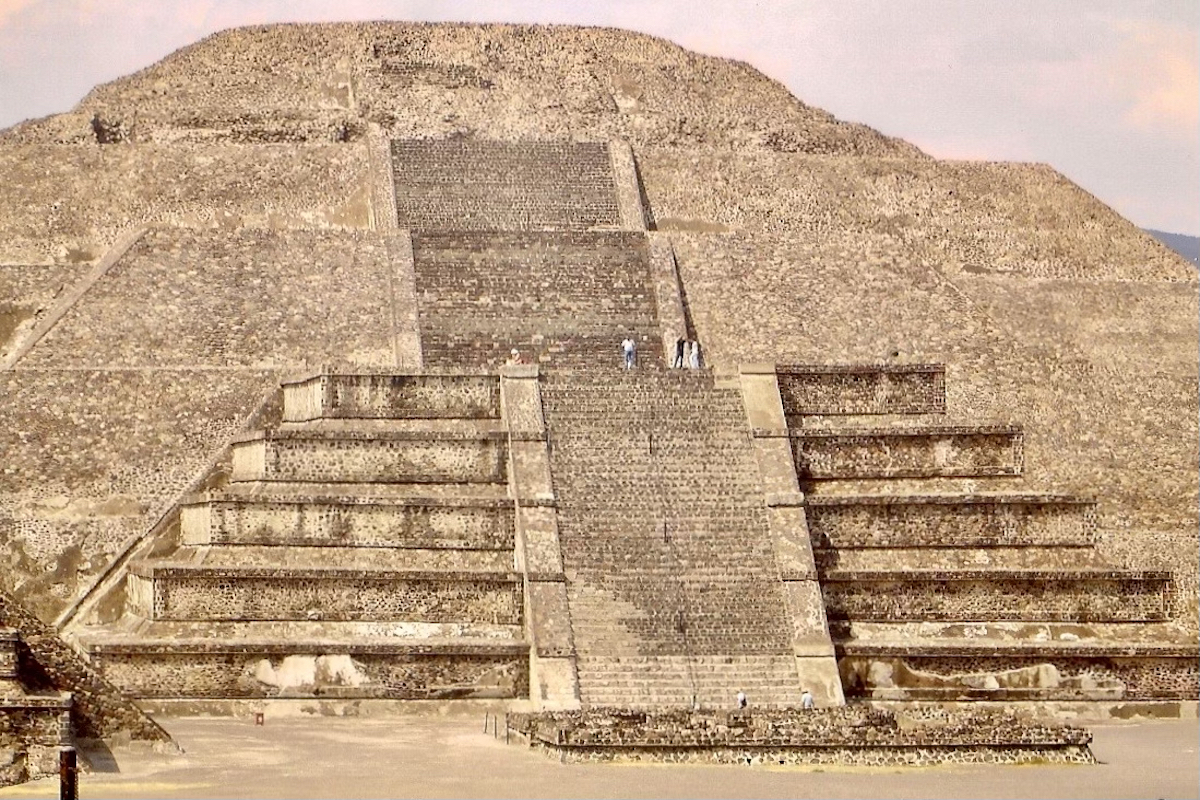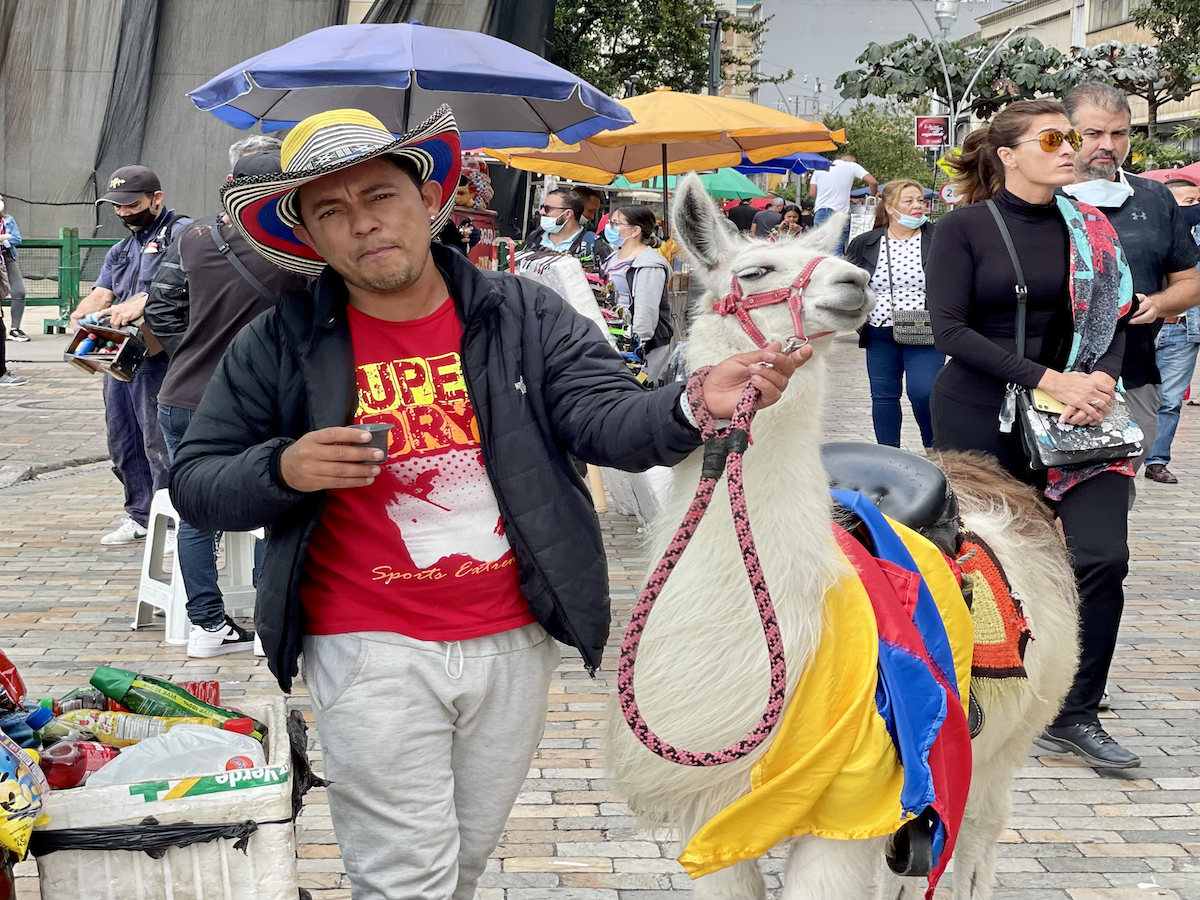Category: The Americas
-

See the World, Free Your Mind
Traveling to the other side of the city or the world can be a transformational experience.
-

Provincetown: The (Re) Birth of a Nation
The American experiment lives on in the land where the Pilgrims signed their first self-governing document.
-

The Marvelous Kaleidoscope That Is Mexico
A glorious ancient past sprinkled with an explosion of colors, sounds and flavors.
-

It’s Colombia, Not Columbia (Part I)
The second most biodiverse country in the world has come a long way since the days of Pablo Escobar.


